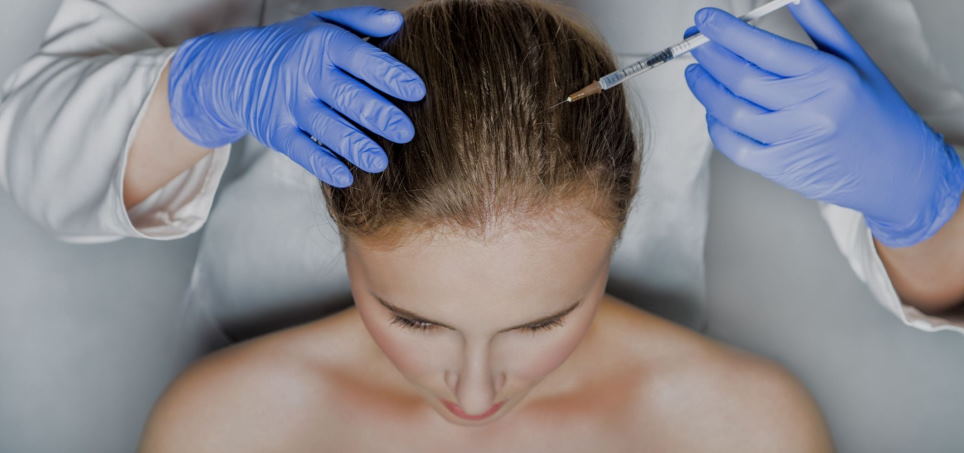Botox For Hair: The Risks And Side Effects Of Botox For Hair
Botox is a popular cosmetic treatment used to reduce wrinkles. Botox for hair is a new treatment that uses Botox to improve the appearance of hair loss. While Botox for hair may seem like a great option, there are some risks and side effects associated with this treatment. Therefore, it is essential to understand these risks before deciding whether or not to undergo Botox for hair.
What is Botox for hair, and how does it work?
Unlike keratin and cysteine treatments, hair botox is a formaldehyde-free and nonchemical deep conditioning treatment. The process involves coating the surface of your hair with less damaging compounds to help fight frizz and improve dull, damaged locks that are prone to lose their shine over time due to increasing amounts of humidity or other factors like stress which can make them look greasy quickly in summer months.
Hair botox treatments are trending in the beauty industry. They do not have a set formula, so some of these compounds may be proteins or peptides mixed with B5 vitamins and a collagen complex. These are just a few of the ingredients used for this treatment that works by filling in thinning hair fibers, making them silkier and shinier. And also makes you look younger (with minor damage). A single session will give your mane what we all want – longer-lasting results!

Risks and side effects of Botox for hair
Despite the enormous benefits, there are some risks and side effects associated with Botox for hair. These include:
Allergic reactions
While allergic reactions are rare, they can occur. Stop the treatment and seek medical attention immediately if you experience any swelling, itching, or redness at the injection site.
Infection
There is a small risk of infection associated with any injection. To reduce the infection risk, ensure the injection site is clean and free of any infection.
Cysts
Cysts may form at the injection site. These are usually harmless and will eventually go away on their own. However, if they are large or cause pain, you may need to see a doctor to have them removed.
Scarring
There is a small risk of scarring associated with any injection. To reduce the risk of scarring, ensure the injection site is clean and free of infection.
Voluminous and frizzy hair
Some people may experience voluminous and curly hair due to Botox hair. It is usually temporary and will go away on its own. However, if it persists, you may want to talk to your doctor about other treatment options.
Skin irritation
Skin irritation is the most common side effect of Botox for hair. However, it usually goes away on its own within a few days.
Botox for hair is a new treatment that has many benefits. However, there are also some risks and side effects associated with this treatment. Therefore, it is essential to understand these risks before deciding whether or not to undergo Botox for hair.


